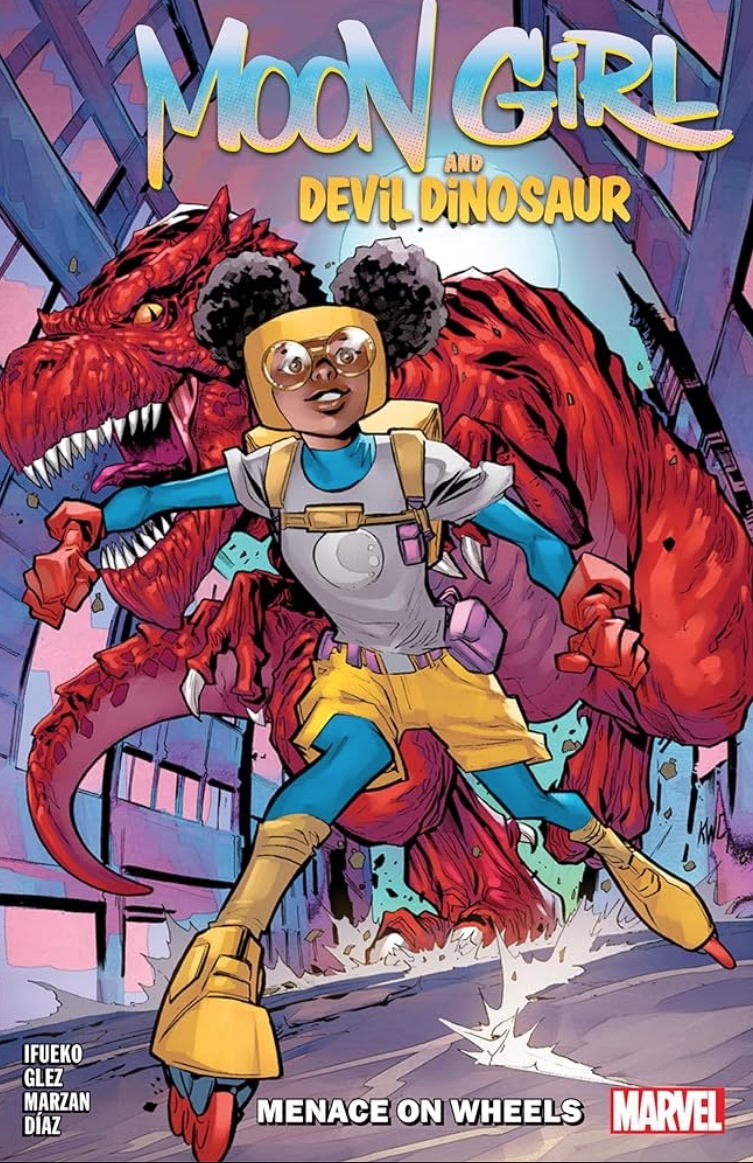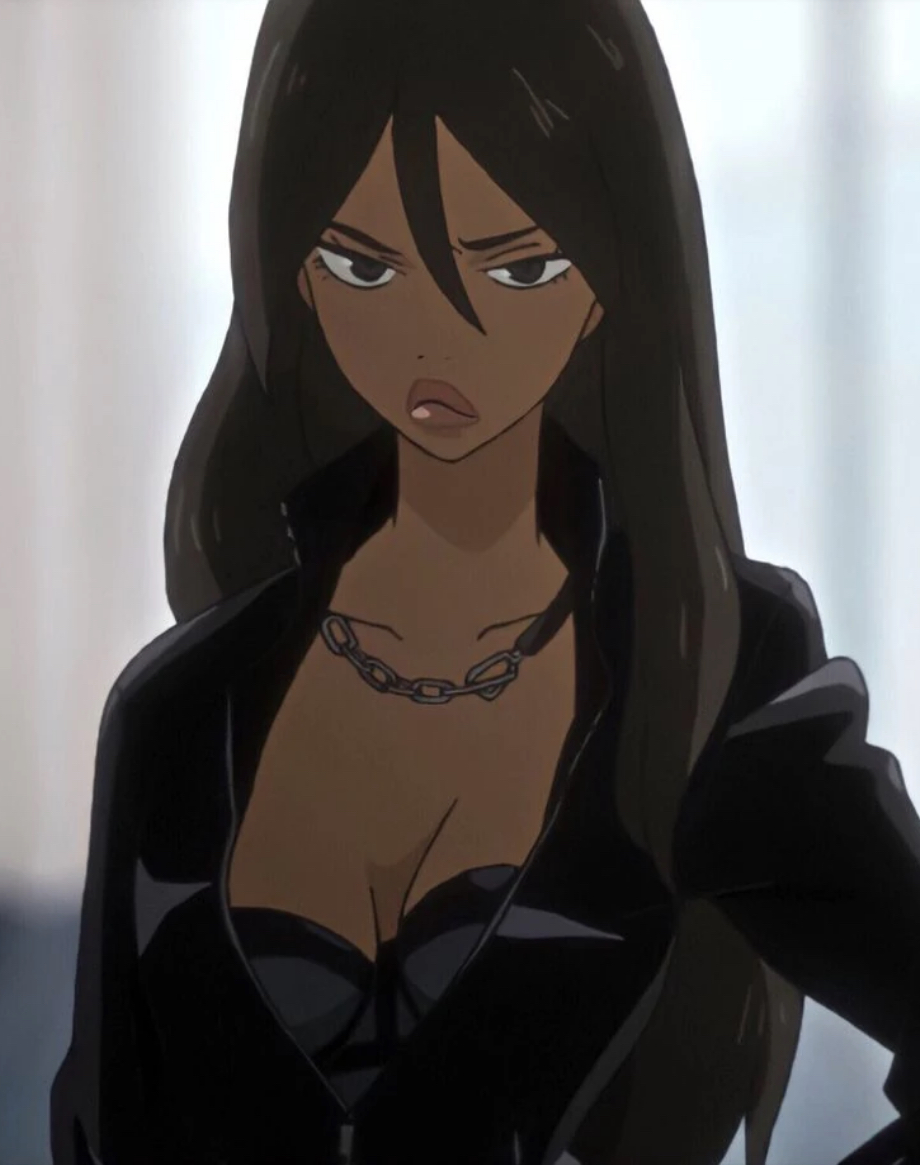Coming Of Age Story: Why Black Representation for Young Girls Matters

The Power of Seeing Yourself
In a world where stories shape the way we see ourselves, representation is not just about visibility—it’s about validation. For young Black girls, seeing themselves in the media is more than a fleeting moment of recognition; it’s a confirmation that their experiences, beauty, and struggles are worthy of being told. Historically, the lack of Black female protagonists in children’s television, anime, and even mainstream media has left many feeling invisible. But change is happening, and with shows like Moon Girl and Devil Dinosaur and the emergence of Black characters in anime, we are finally seeing shifts that affirm the importance of diverse storytelling.
A New Girl for the Modern Era
Moon Girl and Devil Dinosaur isn’t just another superhero show—it’s a revolution in representation. Lunella Lafayette, a brilliant young Black girl with a natural afro and an unapologetic love for science, takes center stage as a hero in her own right. She’s not a sidekick, not an afterthought, but the main protagonist—a rarity for young Black girls in animation. Lunella is allowed to be smart, quirky, and heroic without falling into stereotypes that often limit Black characters in the media.
One of the most groundbreaking moments in the show comes in the form of an episode about something nearly invisible in children’s television: menstruation. In this episode, Lunella gets her first period, an experience that is both deeply personal and universal for young girls. The fact that a Black girl leads this conversation on a Disney-affiliated platform is significant. Periods have long been a taboo subject in the media, often ignored or downplayed, leaving young girls to navigate this milestone in silence. But Moon Girl normalizes it, giving voice to a shared experience that is rarely addressed, let alone from the perspective of a Black girl.
Black Girls in Anime: The Rising Presence in Japanese Media
Anime, an art form deeply rooted in Japanese culture, has historically been criticized for its lack of Black representation. But in recent years, we’ve seen an emergence of Black female characters who break the mold. Canary from Hunter x Hunter, Michiko from Michiko & Hatchin, and Coffee from Cowboy Bebop each offer glimpses of Black femininity in anime, though their roles are still limited.
Michiko, for example, is a fierce and independent Afro-Latina woman who refuses to be silenced, bringing an unapologetic Black presence to a genre that has often overlooked it. Meanwhile, Canary—a young but powerful bodyguard in Hunter x Hunter—challenges stereotypes by being both incredibly skilled and deeply loyal. These characters matter because they push against the traditional erasure of Black identities in anime, showing that Black girls can belong in any world, even ones created oceans away.
The significance of Black female representation in media cannot be overstated. When young Black girls see themselves reflected on screen—whether through a superhero like Lunella or an anime character with dark skin and natural hair—it tells them they exist in the narrative of life, not just in the margins. Representation fosters confidence, dismantles harmful stereotypes, and allows Black girls to dream bigger. It ensures that they are not just seen but valued.
We still have a long way to go, but the progress made in shows like Moon Girl and Devil Dinosaur and the slow but steady increase of Black characters in anime show that the media landscape is evolving. The stories we tell matter, and when Black girls can see themselves in those stories, the world becomes a place where they truly belong.


